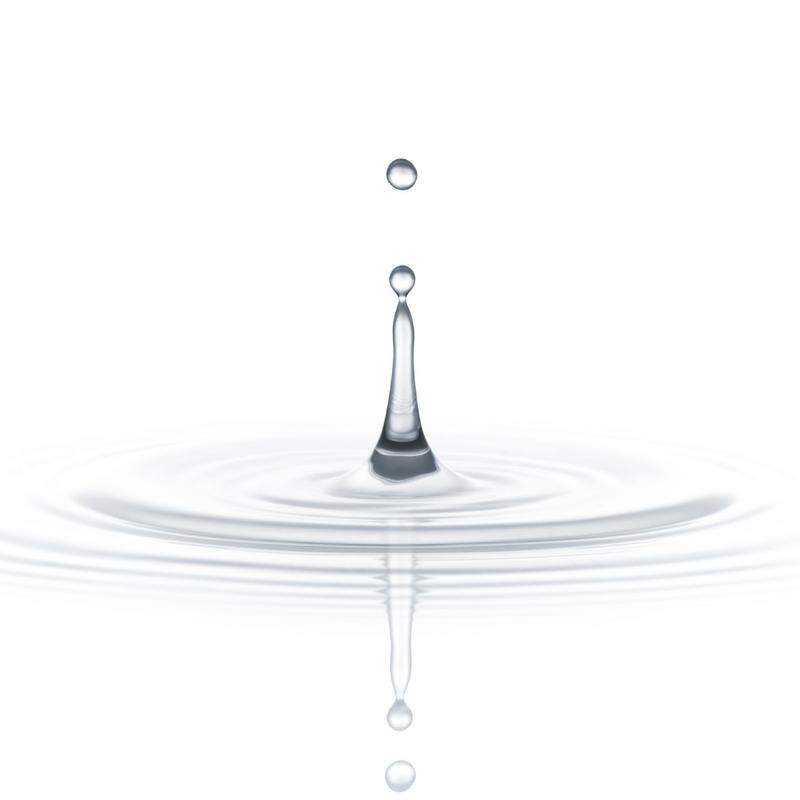Hyaluronic acid is built up and constantly catabolized by the body. In the outer layer of the cornea of the eye (epithelium) about half of the hyaluronic acid present there is broken down daily and replaced by newly formed hyaluronic acid. The cornea is not supplied by blood vessels. The hyaluronic acid in the spaces between the cells therefore plays a decisive role in supplying the cornea with nutrients and disposing of metabolic products, as well as in cell differentiation, cell renewal and wound healing.
From a chemical point of view, hyaluronic acid is a chain-like arrangement of sugar molecules. A hyaluronic acid chain can consist of 500 to 100,000 chain links.
The length of the hyaluronic acid chains determines their physical properties and their biological function.
The healthy tear film combines a high viscosity (viscous) when the eye is open with a low viscosity (thin) when the eye is blinking. Thus, on the one hand it remains on the eye surface for a long time, on the other hand it ensures a smooth gliding of the eyelid over the eye surface and prevents blurred vision (streaky vision) after the blink.
